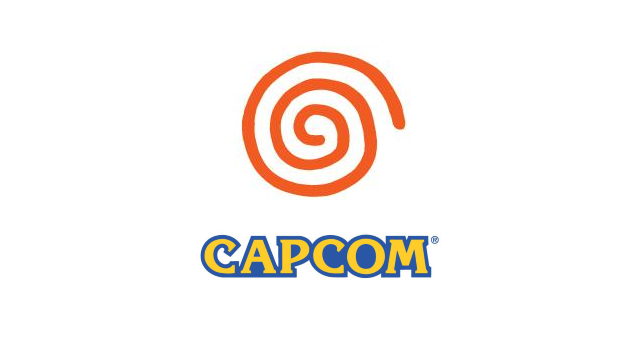
The Dreamcast's time in the limelight was a short one and Sega's determination to make their last foray in the hardware business succeed made the little white box a must-have for gaming enthusiasts at the time. This is especially the case for fighting game fans thanks to both Capcom and SNK heavily supporting the console with arcade ports.
What the Dreamcast excelled at was arcade-style games, mostly because its infrastructure was so similar to Sega's then-advanced arcade board, the NAOMI. A handful of developers, most notably Capcom, had already developed several titles for the NAOMI board and porting to the home market was affordable and easy.
There are a lot of possible reasons for the Dreamcast to have had such a short stint. EA's unwillingness to work with Sega (and sports games being such huge console sellers), the impending PlayStation 2 release at the time, industry distrust due to the botched Saturn launch, the ease of piracy... This certainly isn't the end of the list of factors that led to the console's demise, and with all the pieces in mind it's no surprise it lasted such short a time.
Though it didn't hold its market presence long, the Dreamcast still has a place in the hearts of retro gaming fans and members of the fighting game community. This is in large part due to publishers Capcom and SNK, both of which heavily supported the console with arcade fighting game ports.
There were plenty of traditional 2D SNK fighters on the console, but Capcom stepped it up with their 3D offerings in arcades and on the Dreamcast itself. This list hopes to bring four of these to light, for the modern gamer curious about what made the Dreamcast such a cult hit and why some still cling to it even today.
The games in this slideshow are posted with either gameplay footage or low quality trailers, based on availability on YouTube. If you were in love with your Dreamcast in 1999 into the 2000s, you're sure to see some titles you're familiar with in this short list.
Power Stone 2
Power Stone and its sequel were the party fighters on the Dreamcast. While the other games on the list certainly are not technical fighting games, they lack the 4-player battles found in the Power Stone games.
Power Stone 2 was a marked improvement over the original, with additional multiplayer and singleplayer modes to take a bite out of. (Adventure Mode is pretty great.) A fight isn't basically over once one player gets all three gems, either -- unlike the imbalanced first game.
Along with the ability to have 4 players duking it out at once are the game's dynamic stages. Props strewn about stages are breakable, weapons can be picked up and used, and some stages change dramatically as the timer ticks down. Ever wanted to skydive while trying to survive and beat up 3 other players in a fighter? Probably not, but you get to in Power Stone 2.
This is the only game on this list to get ported to another console later down the line. If you somehow can't get your hands on a Dreamcast and this gem of a game, it can also be found in the Power Stone Collection on the PlayStation Portable. Playing with four players on the PlayStation Portable version is understandably less easy.
Power Stone 2 still holds up as a fast, fun, and worthwhile party fighter today. The first one, not so much.
Plasma Sword: Nightmare of Bilstein
There are some games not even massive Dreamcast fans remember, and this one is definitely one of the few entirely forgotten games on the system. Plasma Sword is another sequel to a PlayStation fighter, Star Gladiator. Not many remember that game either and it's a surprise it got a sequel.
Though both games in the series have been lost to time, Plasma Sword is still a fun foray into Capcom's early 3D fighter experimentation. The controls and combo-into-special flow are more akin to their 2D fare at the time, and the game hosts a large pool of characters as well as two endings for each in Arcade Mode (one being incomplete and the other the "true" ending).
This is certainly not a perfect game, but each character's Plasma Strike and Plasma Field (which can change the fighting field or even stop time) abilities are different enough to keep things interesting. The ability to counter or block incoming attacks adds a level of depth not present in the other games on the list.
Plasma Sword is probably the least impressive of the titles listed here, but its mechanics are unique enough that it stands out among other 3D fighters. One can't fault Capcom for giving its unique Star Gladiator IP one last shot in arcades and on Dreamcast.
Project Justice
Rival Schools (1998) on the PlayStation was one of the best-known 3D fighters on the console, and its sequel Project Justice is regarded as one of -- if not the best -- 3D fighting games on the Dreamcast despite both missing a vital character creation mode present in the Japanese versions of the games.
Project Justice is very similar to its predecessor. Players choose three characters instead of one, with each character having its own Team Up skill and strengths. Team Up skills have benched characters enter the ring and try to double-team the opponent -- and more powerful Party Up skills have all three of a player's characters attempt to whomp on the opponent together, often in an exaggerated manner.
Like a certain other game on the list, Project Justice's story branches depending on both dialogue choices and whether the player wins or loses key fights. With the fighting mechanics being as fun as they are, it's hard not to try to see each branching path.
There's a reason this is often considered one of the best games on the console, and it's not just because Momo is adorable. Thanks to the Team Up and Party Up specials, fights feel more frantic than most 3D fighters of this era. Each character's fighting style varies based on the club they're in (or, the type of teacher they are) and as a whole the game is not meant to be taken seriously.
The original Rival Schools is also amazing and has a handful of minigames to play on the side. I'd recommend the Japanese version of either game over the North American release just for the character creation modes, provided you have a basic understanding of Japanese or are willing to come to grips with FAQs to figure them out.
If there's a dead 3D fighter series from Capcom that needs to come back, it's this one.
Tech Romancer
One of my personal favorite Dreamcast games and the only reason I wanted to write up this list, Tech Romancer is pretty much a classic mecha anime fan's dream fighter.
Each character's mecha is designed after classic mecha designs, taking (quite obvious) hints from series like Mobile Suit Gundam, Macross, Neon Genesis Evangelion, and even Ultraman.
Surprised? You shouldn't be. The animation studio behind Tech Romancer's designs worked on Gundam 0083 and Gunbuster. Whether a Dreamcast or mecha fan, you owe it to yourself to give this game a shot.
Befitting a mecha fighting game, destructible terrain abounds here in Tech Romancer -- but that's not all. Destroying buildings and other obstacles may net the player special power ups and weapons, both of which are able to change the tide of battle.
The game is also unique in that players get not only a damage bar but an armor gauge. Armor protects from attacks and the lower it gets the more damage a mech will take with each attack. And if that wasn't enough, players can execute special moves once their opponents reach 50% damage to insta-kill them if they connect (and it's possible they will not).
Like the previously mentioned Project Justice, a character's story path and ending in Story Mode varies based on dialogue decisions and battle wins or losses. Even past that there's a lot here to chomp on, including VMU minigames.
This is a hard game to not recommend to 3D fighter, Capcom, and mecha fans and even now it does a great job of standing out as something special on a console known for its unique game library.
Interestingly enough, this gem came out in North America on the same day as mecha SRPG Front Mission 3 on the PlayStation. Many mecha fans of the time either had to choose one or the other, and most understandably went for Front Mission 3 due to the SquareSoft name.
Capcom tried new and exciting things in the late '90s during the Dreamcast era, and the games mentioned in this list are only a few of the gems they put out during this time period. Their foray into experimental 3D fighters was especially notable, though these IPs have been left to rot much like some of their older 2D titles (Darkstalkers).
These games have been and will continue to be forgotten by time, but anyone with the will (and a Dreamcast) can hunt them down and give them a play now, over 15 years later.

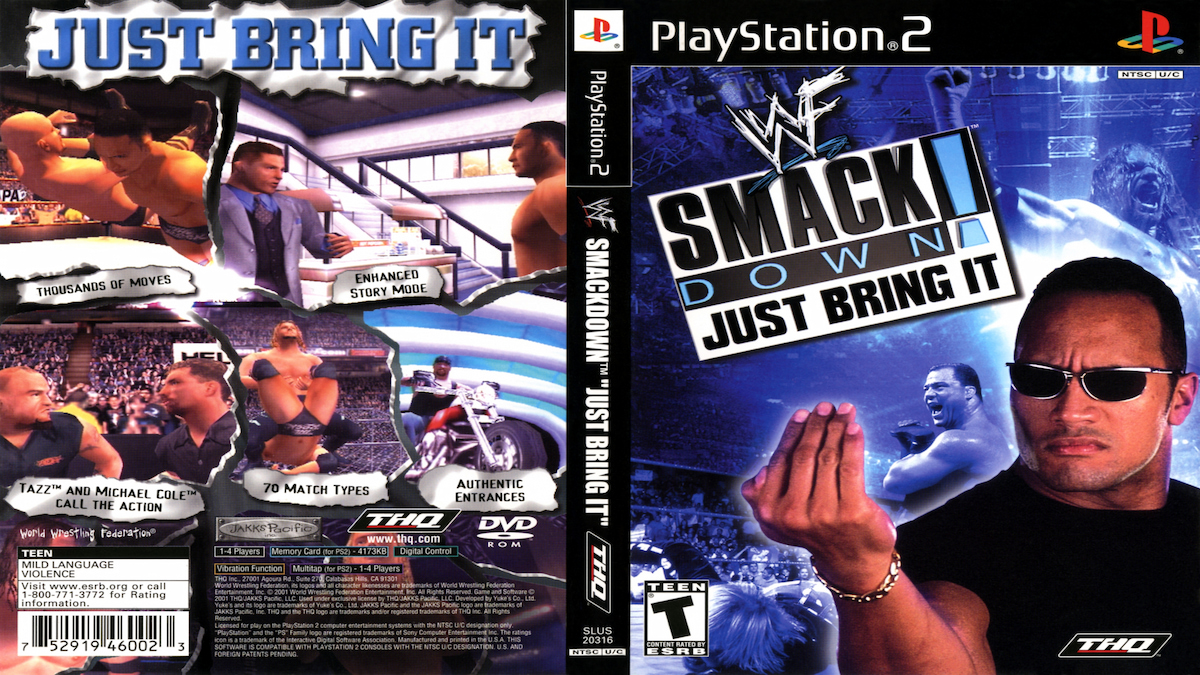
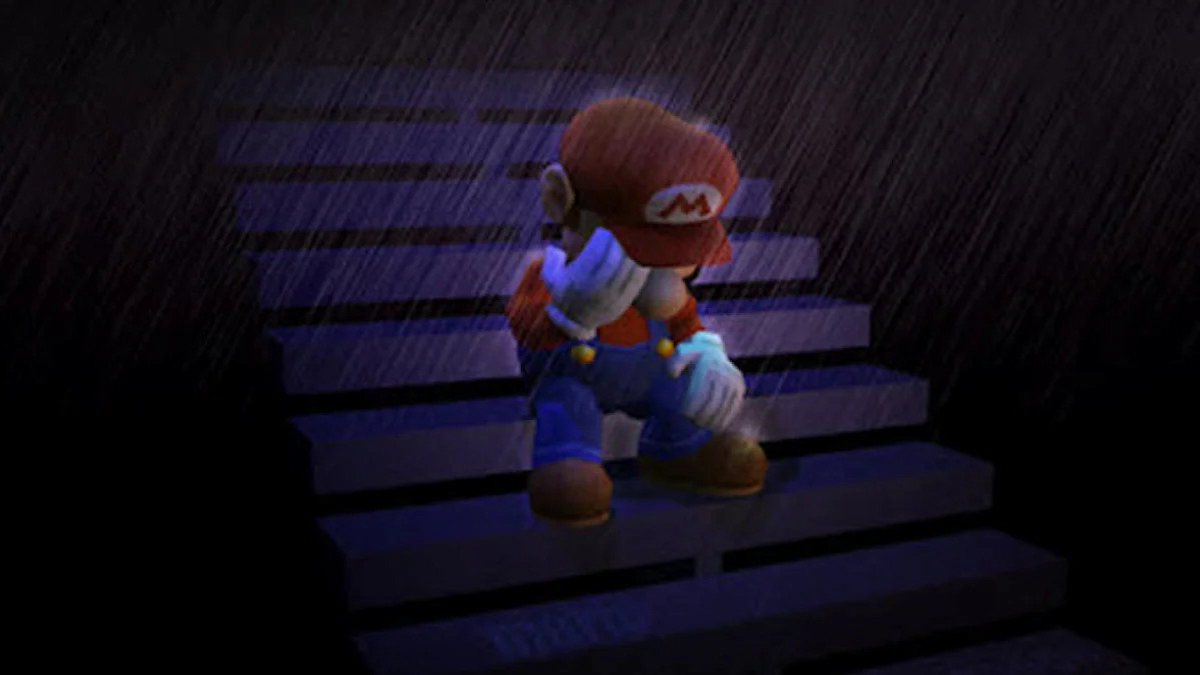
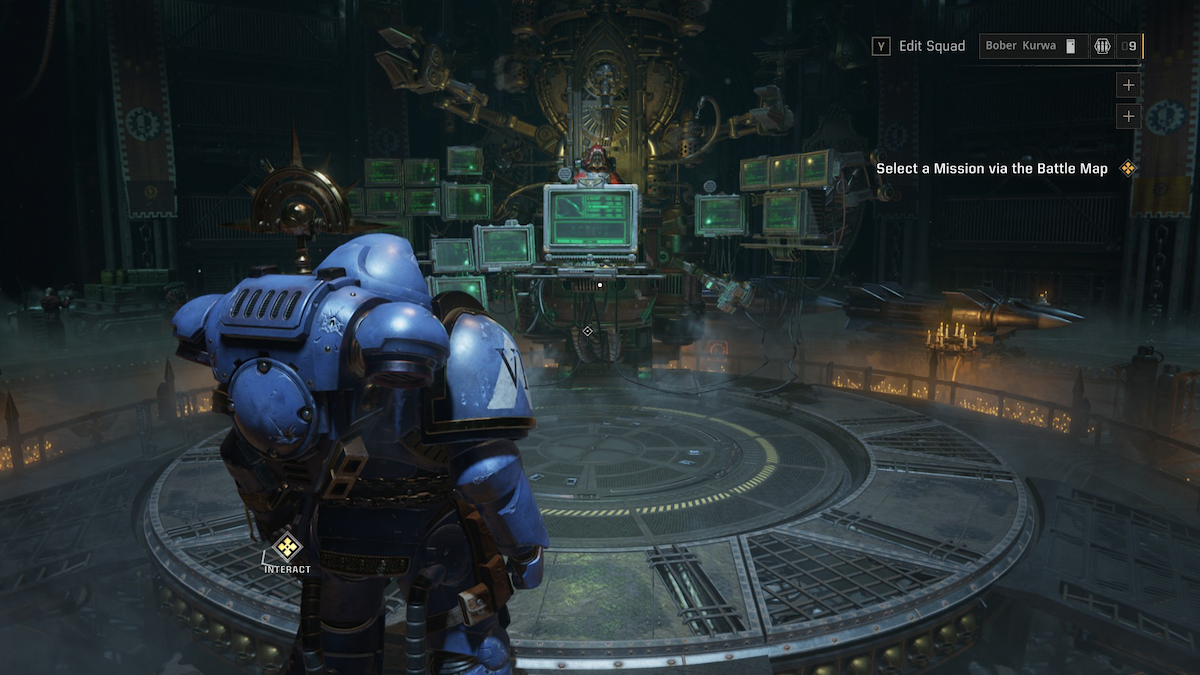
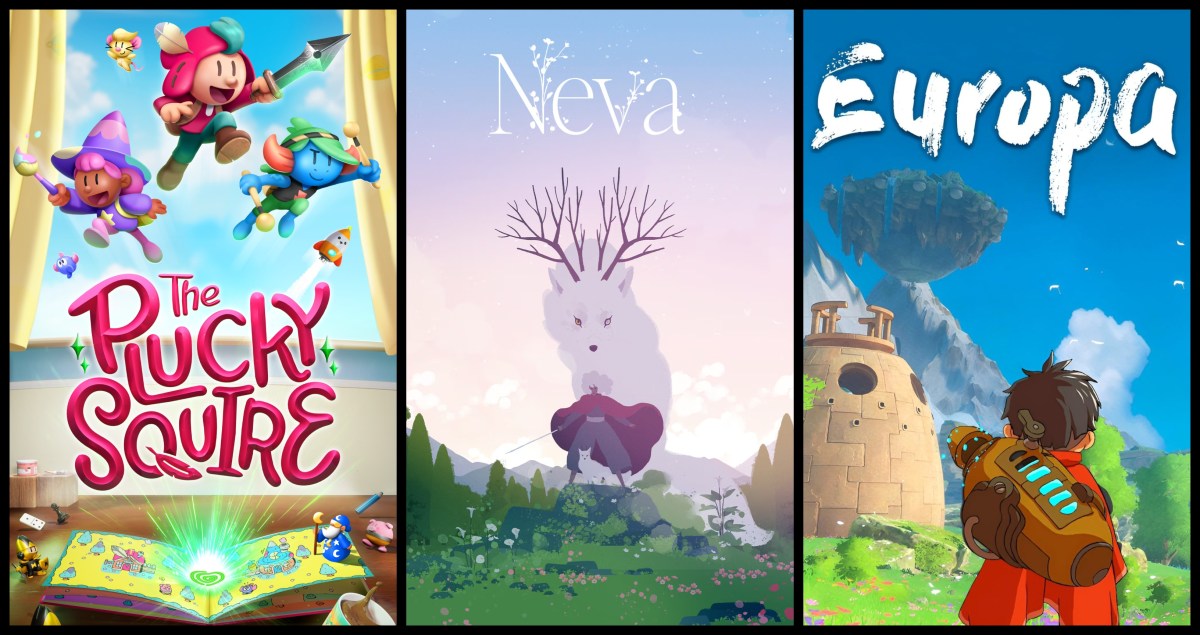
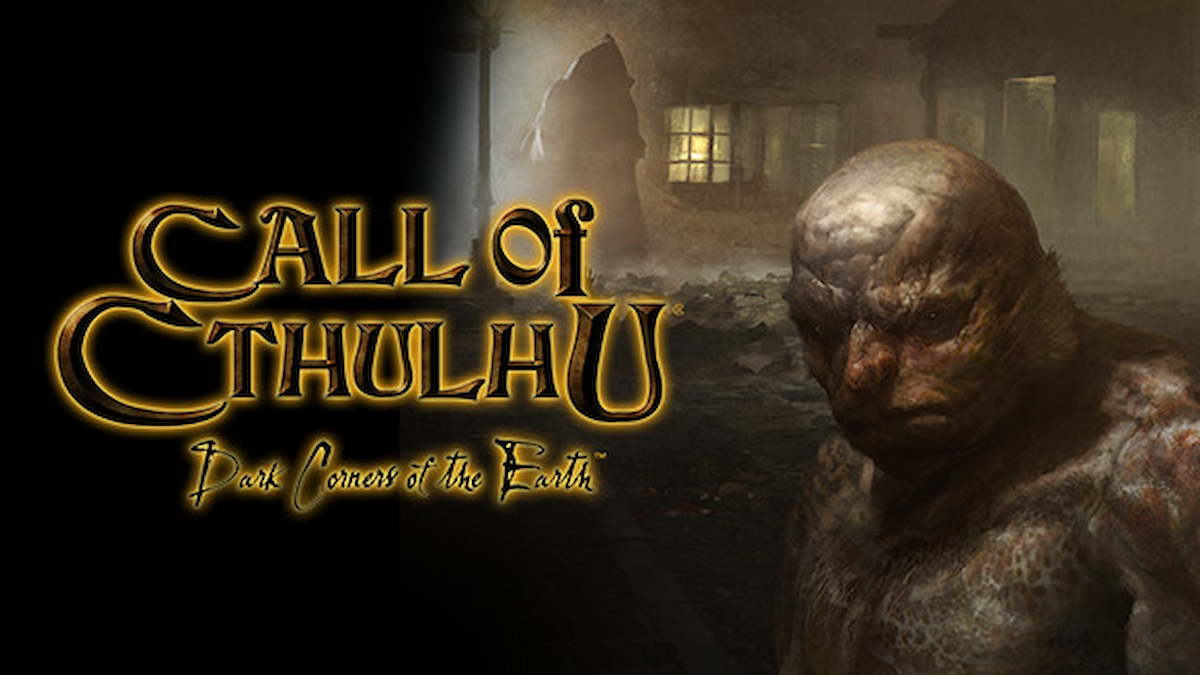
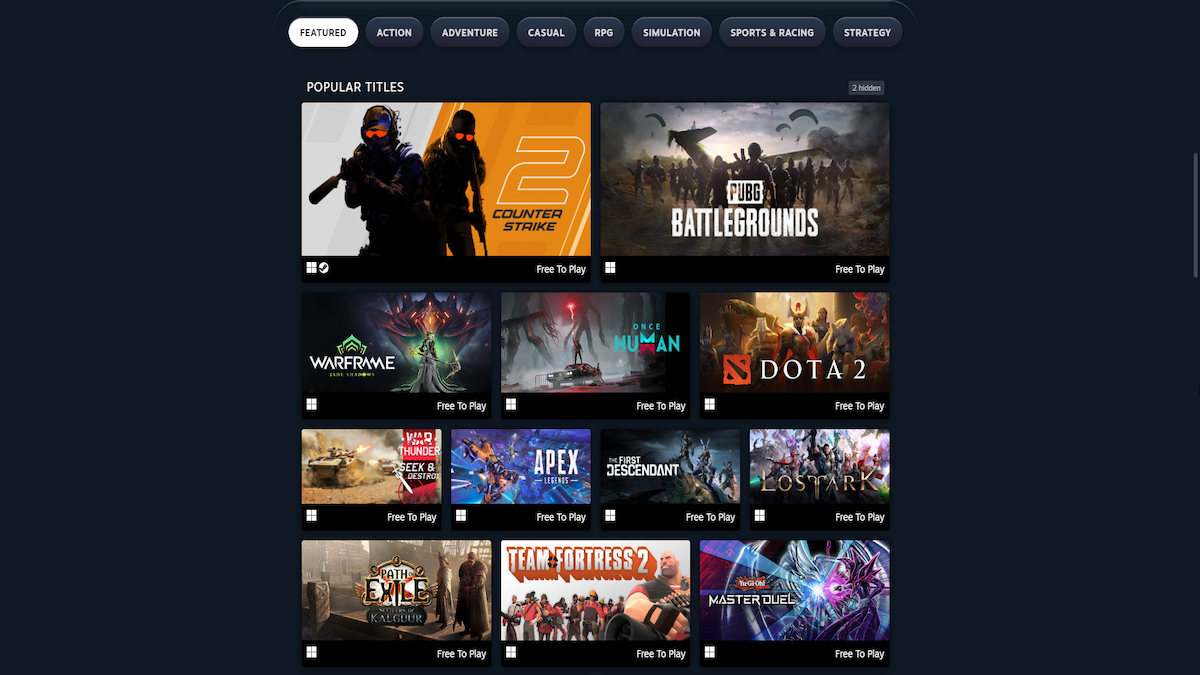
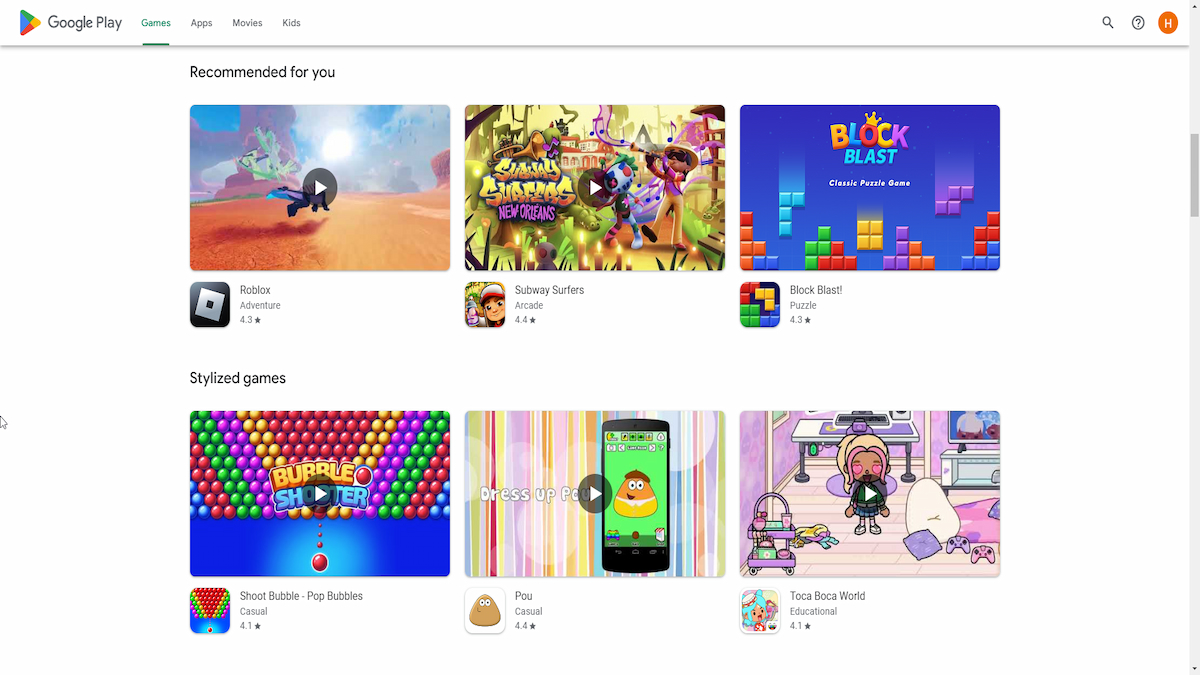
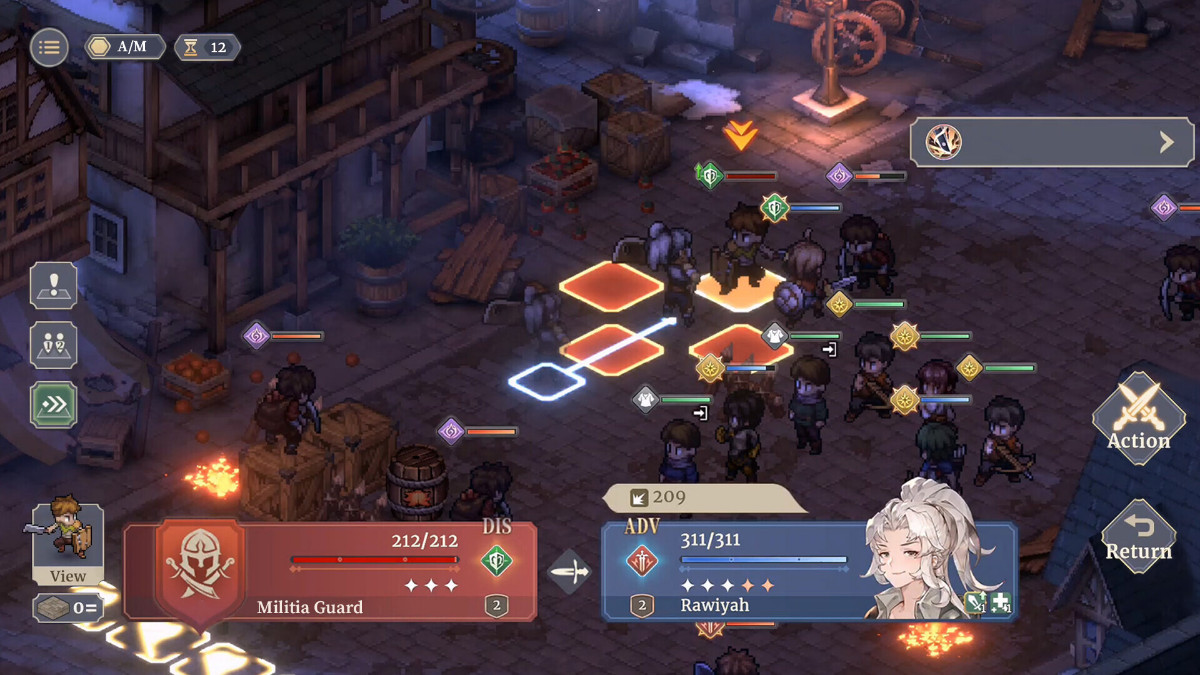
Published: Jun 11, 2016 05:47 am